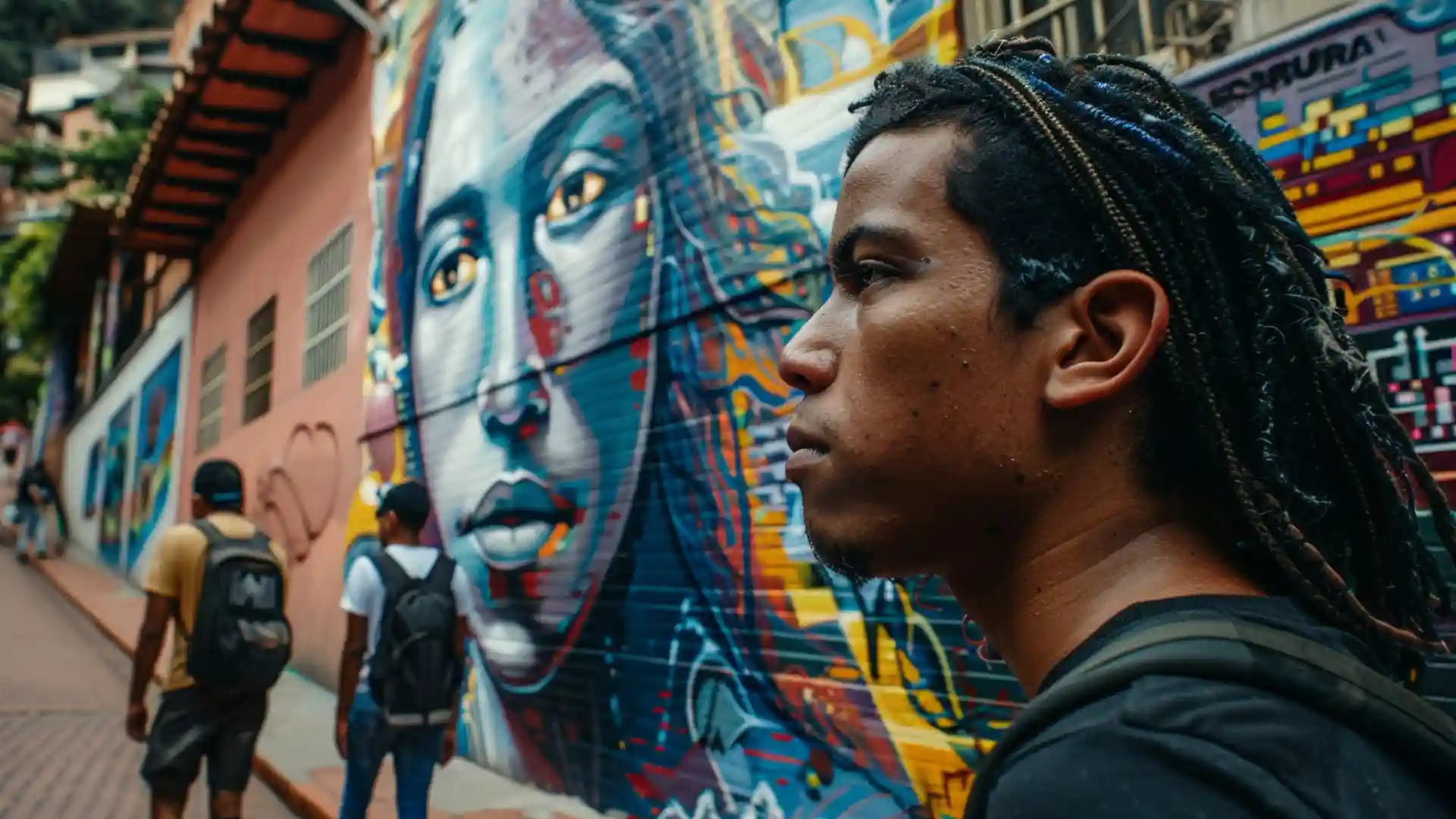
When you walk through the streets of Nairobi, you might expect to see the hustle of traffic, the rhythm of daily life, or maybe the scent of nyama choma from a local joint. But what you may not expect are the walls talking back — through bold, colorful, and deeply emotional street art.
Over the past decade, Nairobi’s street art scene has grown into a powerful movement. It's not just about pretty murals. These artworks are loud, raw expressions of political messages, community pride, struggles, and celebration of Kenyan identity. They reflect what Kenyans are thinking, feeling, and fighting for.
Where It All Started
Street art in Nairobi didn’t appear overnight. It began as an underground expression, often misunderstood or linked to graffiti tagging. But as more artists began to paint meaningful, community-centered works, public opinion shifted.
One of the most influential early collectives was BSQ (Bomb Squad Crew) — a group of Nairobi graffiti artists who started painting socially conscious art in public spaces. What started as rebellion turned into respect, as their work caught the attention of residents, galleries, and even city officials.
The Walls That Speak
Every brushstroke tells a story — about identity, injustice, resilience, or joy.
Artists Leading the Movement
More Than Paint: A Tool for Change
In many neighborhoods, street art is more than decoration — it’s community education. When artists paint messages about safe sex, mental health, or climate action, people stop and look. They take selfies, yes — but they also talk.
Nonprofits and community groups are catching on. Projects like PAWA254, Art360, and GraffMatwana now use street art to spark community conversations, especially with youth.
In Dandora, a once-struggling neighborhood has seen a transformation thanks to a creative urban renewal initiative. Walls that once carried political campaign posters now show murals of women scientists, environmental warriors, and hopeful children.
Why Nairobi? Why Now?
Nairobi is a city of contrasts — technology meets tradition, skyscrapers meet slums, and English meets Swahili. This creative tension gives birth to bold art.
As internet access and social media rise, more young people are seeing street art from around the world and asking, “Why not here?” Nairobi's youth are tech-savvy, politically aware, and hungry for change. Art has become their loudest, most colorful voice.
Street Art Festivals and Tours
These experiences give tourists and locals a fresh lens to explore the city — beyond museums and malls.
The Struggles Behind the Spray Can
Street art isn’t always embraced. Some landlords paint over murals. Others call it vandalism. Artists must often work at night, face arrest, or struggle with lack of funding.
But passion pushes them on. Most Kenyan street artists fund their own paint, brushes, and time — simply because they believe in their message.
Street Art Goes Digital
Some artists are now digitizing their work, turning murals into NFTs or using Instagram as a virtual gallery. This shift not only helps them earn income but also reaches global fans.
You can now buy prints of Nairobi’s walls, support artists through online platforms, or even join mural-painting workshops when visiting Kenya.
What You Can Do as a Visitor
Kenya’s street art movement is not just paint on walls — it’s a mirror of society. It reflects joy, pain, hope, and resistance. It shows how creativity can turn public spaces into platforms for dialogue.
In Nairobi, every street corner has the potential to speak — loudly, honestly, and beautifully. So next time you’re in the city, don’t just look at the roads. Look at the walls. They have something powerful to say.